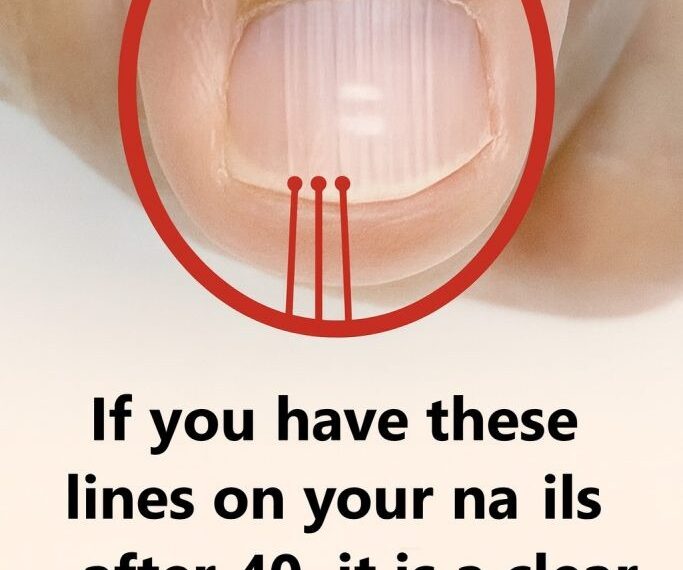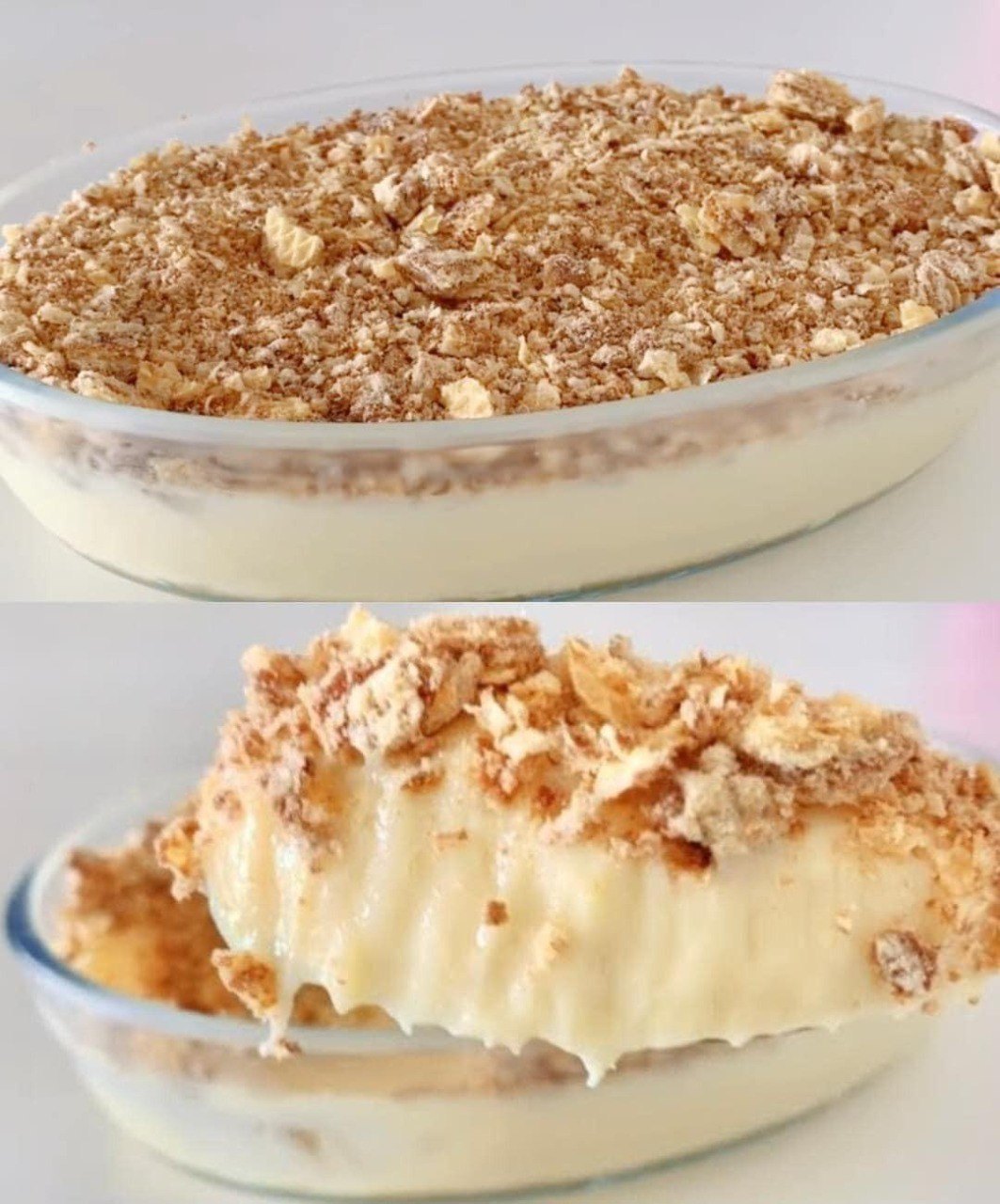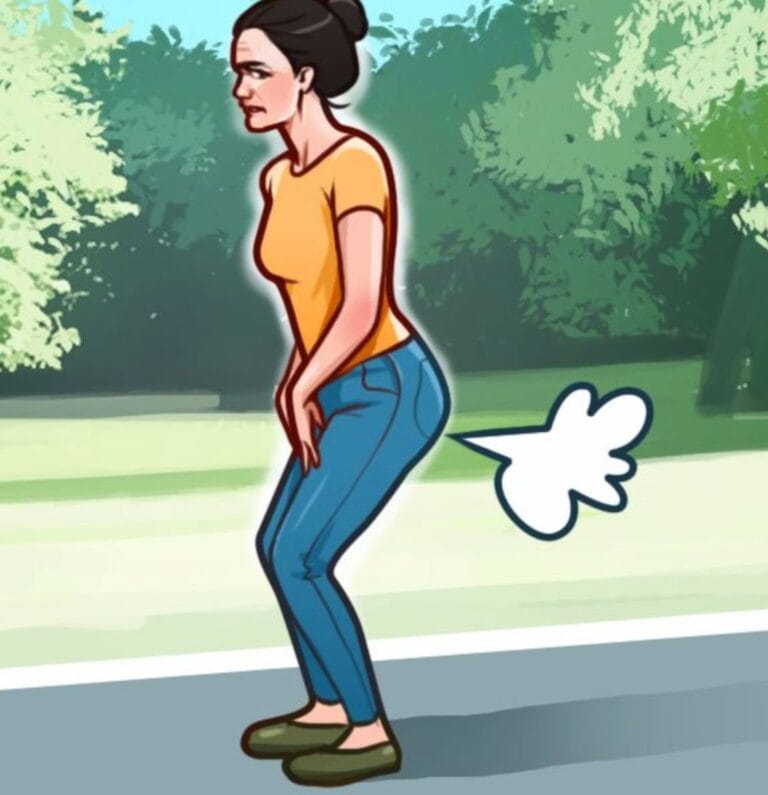Have you noticed thin vertical lines running from the base to the tip of your fingernails as you’ve gotten older? If so, you’re not alone. Many people begin to spot these changes after the age of 40. Most of the time they’re harmless, but in some cases, they can signal underlying health issues.
So, what exactly causes these nail ridges—and when should you be concerned?
Understanding Vertical Nail Ridges
Vertical ridges—medically known as longitudinal striations—are raised lines that extend from the cuticle to the nail tip. They can vary in depth, number, and appearance. For some people, they’re faint and barely noticeable; for others, they can become deeper, making the nails feel uneven or rough to the touch.
Just like skin loses elasticity and hair turns gray, nails undergo structural changes over time. Nails are made primarily of keratin, a protein also found in your hair and skin. As we age, the body’s keratin production slows down, and the nail matrix (the tissue under the skin where nail cells form) becomes less efficient. This can result in the uneven growth patterns that form ridges.
In most cases, these lines are a natural part of aging. However, sometimes they can point to health imbalances that deserve attention.
Main Causes After Age 40
1. Natural Aging Process
The most common cause of vertical nail ridges is simply aging. As we get older, the rate of cell turnover decreases. This includes the nail matrix, which may start to produce keratin cells unevenly. The result? Slightly raised ridges that run the length of your nails.
These ridges are the nail equivalent of wrinkles—they don’t indicate disease, just the body’s natural aging process. However, proper nail care can help keep them less noticeable.
2. Dehydration of the Nail
Nails, like skin, need moisture to stay smooth and healthy. Over time, dehydration can make them brittle, flaky, and more prone to ridges.
Factors that contribute to dryness include:
- Frequent hand washing or use of harsh soaps
- Cleaning chemicals without gloves
- Cold weather or low humidity
- Dehydration from not drinking enough water
If your nails feel rough, dry, or tend to peel, moisture loss is likely a major factor.
Tip: Massage a drop of natural oil—like jojoba, vitamin E, or almond oil—into your nails and cuticles each night. This strengthens the nail surface and prevents further ridging.
3. Nutrient Deficiencies
Sometimes, vertical nail ridges signal that your body is missing essential nutrients. Deficiencies in certain vitamins and minerals can weaken keratin production or affect nail growth. Common culprits include:
- Iron deficiency: May lead to brittle or spoon-shaped nails.
- Vitamin B12 deficiency: Can cause dark streaks or uneven texture.
- Magnesium and zinc deficiencies: Slow nail growth and increase brittleness.
- Protein deficiency: Weakens nail structure.
A balanced diet rich in leafy greens, lean proteins, whole grains, nuts, and seeds can help restore healthy nail growth.
If you notice other symptoms like fatigue, pale skin, or hair loss along with ridges, it’s worth checking your nutrient levels through a simple blood test.
4. Health Conditions Affecting the Nails
While harmless in most cases, nail ridges can occasionally be linked to underlying medical conditions. Certain systemic issues can affect nail growth and appearance, including:
- Thyroid disorders: Both hypothyroidism and hyperthyroidism can cause brittle or ridged nails.
- Rheumatoid arthritis: Chronic inflammation can restrict blood flow to the nail bed.
- Circulatory issues: Poor blood circulation reduces the delivery of nutrients to the nails.
- Psoriasis or eczema: Can affect the nail matrix and cause surface irregularities.
- Diabetes: Alters circulation and hydration, impacting nail health.
If your ridges appear suddenly, deepen quickly, or are accompanied by changes in nail color, texture, or shape, it’s wise to consult a healthcare provider.
5. Environmental and Lifestyle Factors
Our daily habits can also influence nail health. Constant exposure to water, nail polish remover, and cleaning agents can damage the keratin layers. Smoking and alcohol consumption can restrict blood flow to nail beds, making ridges more pronounced.
Even stress can play a role—prolonged stress affects nutrient absorption and hormone balance, both of which impact nail growth.
When Vertical Ridges May Indicate a Problem
Next page





